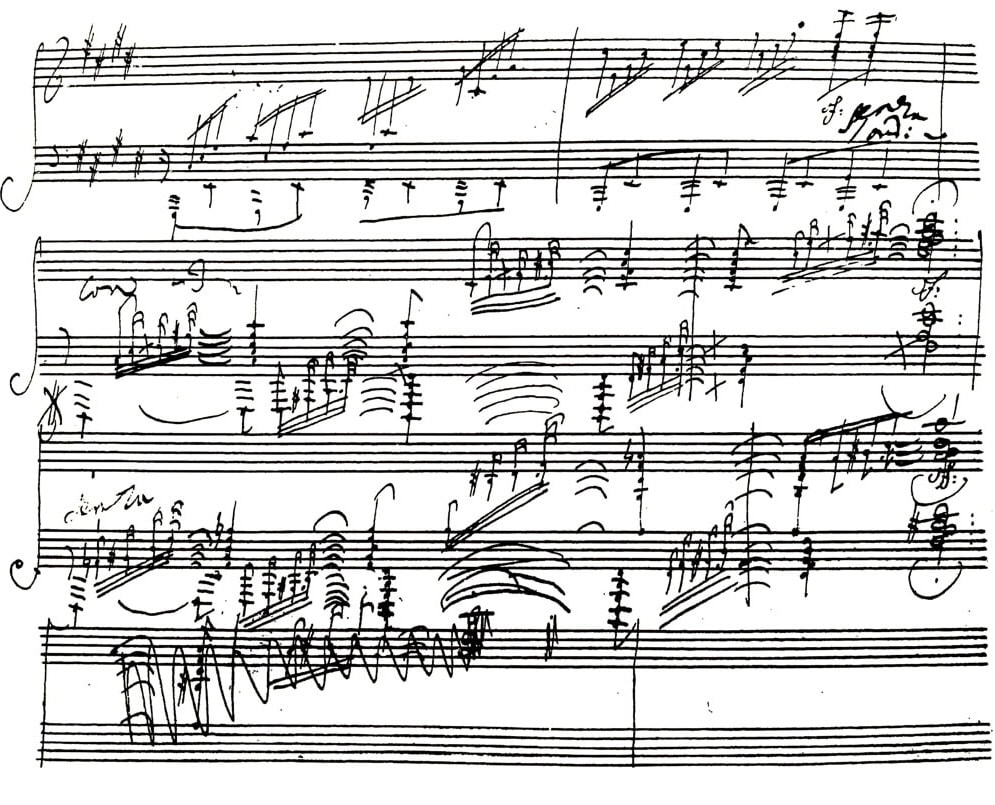Suguru ito
Suisse based pianist • fortepianist
MEMORANDUM • CONTENTS ~ Fanny Mendelssohn-Hensel|タンポポあるいはポポンタ|Une occupation inutile|伊藤悠美 YUMI ITO Vocals (Vimeo)|みだれ箱|メトロノーム奇談の時代|パウ・カザルス国際音楽祭 (Vimeo)|夜話 Online Conversations|常不在|Character first, ability second |D or E, that is the Question|酒神礼讃|Mozart & Don Cacarella|J. S. Bach & Beer|Clavicembalo o Piano-Forte|The anniversary of Caroline Esterhazy‘s death|ピアノ奏法の断片|Deuxième ballade Op. 38, Sonate Op. 65 等にまつわる事情|Beethoven ad libitum|鼠小僧次郎吉と跡隠しの雪|覚書 2|覚書 1

